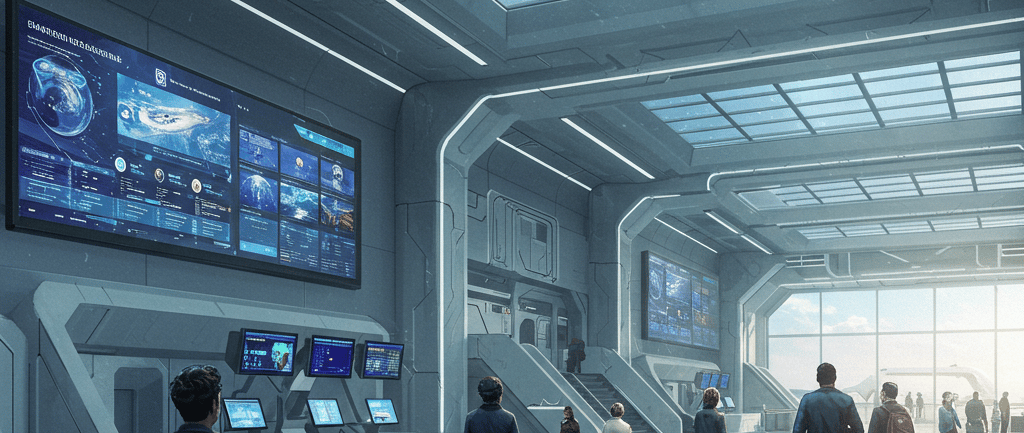Interplanetary Tourism
Exploring the Future of Lunar and Martian Tourism
HUMANITYLIFE ON MARSLIFE ON THE MOON


Lunar and Martian Tourism
The dream of traveling to the Moon or Mars has captivated the imagination of many, fueled by science fiction and advancements in space technology. As private companies and governments set their sights on Lunar and Martian exploration, the concept of tourism on these planetary bodies is shifting from fantasy to potential reality. This blog post explores the exciting prospects of Lunar and Martian tourism, as well as the challenges that await adventurous travelers.
Beyond Earth
Lunar tourism presents a unique opportunity to experience the Moon's stark beauty and vast landscapes. With plans from space companies to set up habitats on the Moon, tourists could enjoy activities such as moonwalking, crater exploration, and viewing Earth from a distance that most people can only dream of. Moreover, Martian tourism could offer travelers the chance to witness a planet rich in history, home to the largest volcano and canyon in the solar system, Olympus Mons and Valles Marineris. These features, alongside Mars' ever-changing environment, provide a backdrop for unparalleled adventure experiences.
Despite the allure of Lunar and Martian tourism, significant challenges must be addressed before such trips become feasible. Firstly, the cost of space travel remains astronomical, with current estimates predicting a ticket to the Moon could exceed hundreds of thousands of dollars. This presents a barrier to entry for the average traveler and necessitates the development of more cost-effective solutions. Moreover, the safety of tourists is paramount. Space travel involves inherent risks, including exposure to radiation, microgravity effects, and the unpredictable nature of space environments. Space agencies and private companies must invest in extensive training programs and safety measures to ensure tourists can enjoy their adventure without compromising their well-being. Another significant hurdle is the logistical and infrastructural requirements of supporting tourism in space. Building sustainable habitats capable of withstanding the harsh conditions of the Moon and Mars is essential for providing a comfortable experience. Establishing reliable transport systems for running efficient return trips to and from Earth will also be crucial.
Final Thoughts
While Lunar and Martian tourism holds immense potential for excitement and exploration, numerous challenges remain to be addressed. Collaborative efforts between governments, private industries, and scientific organizations will be vital in overcoming obstacles and turning the dream of extraterrestrial travel into a reality. As we move forward into the next frontier of tourism, the possibilities are as limitless as the universe itself.
